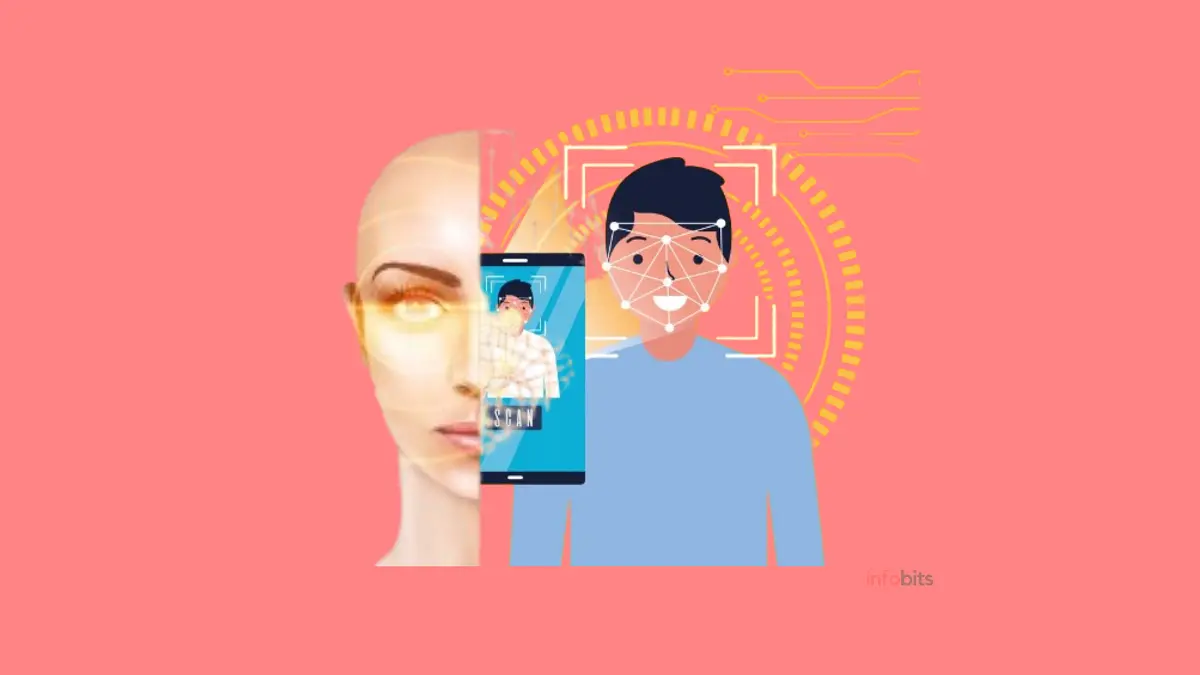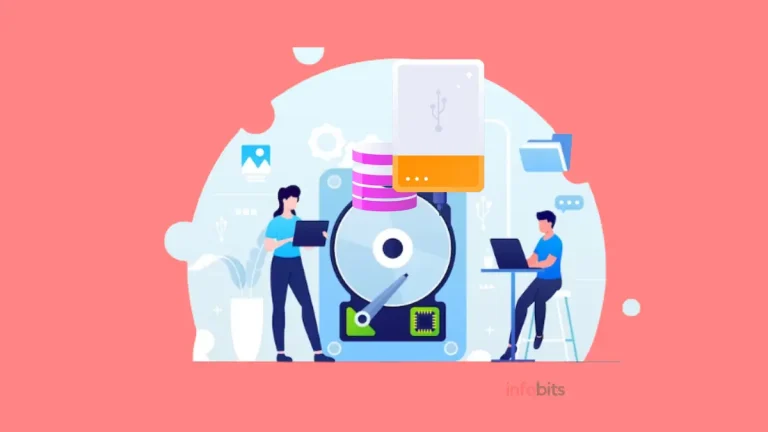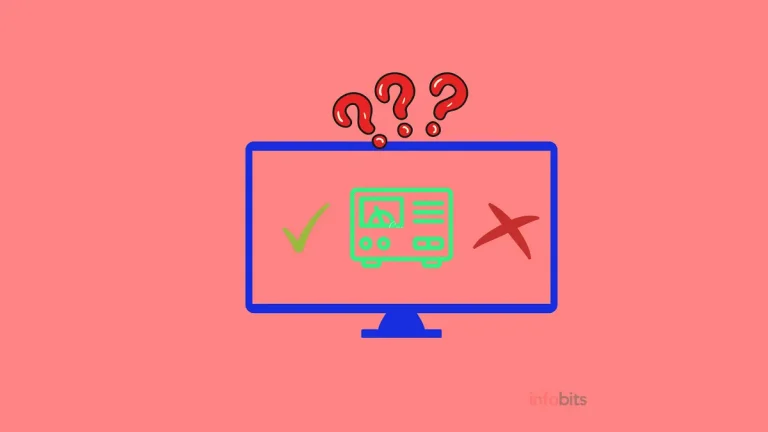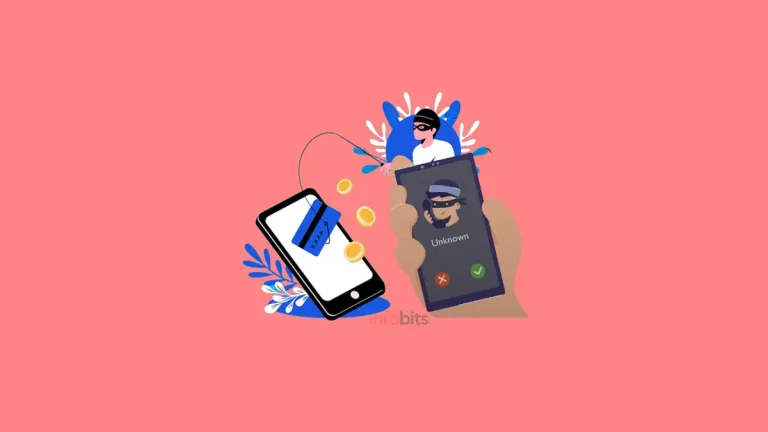What Is Deepfake Technology and How Can Spot It?
The ability to make very realistic and modified audio and video footage using artificial intelligence and machine learning algorithms is called deepfake technology.
This Deepfake AI technology has gotten a lot of attention and worry because of its ability to deceive and misinterpret people, businesses, and even entire societies.
Social and cybercriminals, like any other technology, are exploiting this technology for a variety of goals such as producing celebrity deepfakes.
We just heard a lot of news in India concerning deepfake hot videos and photographs of renowned actresses.
Even our Prime Minister addressed the proliferation of ‘deepfake’ videos, showing the evil side of AI.
He also underlines the need for the media to educate the public about the dangers presented by ‘deepfake’ technology, advocating awareness to prevent its abuse and possible harm to people and society’s confidence in visual material.
In this article, we will dig into the field of deepfake technology, comprehend its science, investigate its applications, and examine strategies for detecting and countering this fast-evolving technology.
1. Introduction to Deepfake Technology
1.1 What are deepfakes?
Deepfakes are the digital equivalent of magical shape-shifters.
They are hyper-realistic videos or photos in which one person’s face is replaced with another’s using artificial intelligence (AI).
The phrase “deepfake” is a combination of the words “deep learning” and “fake,” emphasizing the use of deep learning algorithms to produce convincing and sometimes undetectable fake content.
While deepfakes might be fun, they also pose severe risks to privacy, trust, and misleading information distribution.
1.2 Brief history of deepfake technology
Deepfakes first appeared on the scene in 2017 when a Reddit user called “Deepfakes” began distributing manipulated footage of celebrities.
Since then, technology has advanced at a lightning pace, making it more accessible and sophisticated.
Deepfakes, although initially entertaining, have prompted major worries about their possible abuse.
2. Understanding How Deepfake Technology Works
2.1 Deep learning and neural networks
Deepfakes rely on deep learning, a form of artificial intelligence that uses neural networks to handle massive quantities of data.
These networks are intended to emulate the human brain by learning patterns from the data provided to them.
2.2 Generative adversarial networks (GANs)
Deepfakes’ special secret is generative adversarial networks (GANs). GANs are made up of two parts: a generator and a discriminator.
The generator attempts to generate authentic counterfeit pictures or videos, while the discriminator attempts to differentiate between real and fake.
They enhance their skills through a back-and-forth process, resulting in increasingly convincing deepfakes.
2.3 Training data and algorithms
A large dataset of photos or videos of the target person is required for the AI to produce a deep fake.
This information is used to train neural networks. The more data there is, the better the AI will be able to duplicate the target’s appearance and behaviours.
With the correct algorithms, AI can learn to smoothly transfer one person’s face onto another.
3. Potential Applications and Concerns of Deepfake Technology
3.1 Entertainment and media industry
Deepfakes have had an impact on the entertainment sector, allowing filmmakers to revive recently departed celebrities or create alternate versions of renowned scenarios.
However, its increasing use raises questions about copyright infringement and the ethical limitations of reality manipulation.
3.2 Politics, misinformation, and propaganda
Deepfakes can destabilize political environments by propagating false information and creating uncertainty.
They may be used to force politicians to say or do things they would not normally do, leading to public distrust and the deterioration of democratic processes.
3.3 Privacy and identity theft
Deepfakes could risk your identification by impersonating your face.
They can be used maliciously, such as to create false pornographic content or to pretend to be someone to fool others.
When our faces become transformed and readily altered, privacy problems arise.
4. Impact of Deepfakes on Society and Individuals
4.1 Psychological and emotional effects
Being a victim of a deep fake may be terrible emotionally.
Knowing that someone can create convincing videos of you can cause anxiety and affect trust in relationships. It’s as if we live in a world where reality is always in doubt.
4.2 Erosion of trust and credibility
Deepfakes have the potential to destroy faith in individuals, organizations, media, and even data itself.
How can we believe what we see or hear if everything may be faked or not? The deepfake images or videos we’re seeing have been created to deceive us into thinking they’re the real thing.
This has far-reaching consequences for society because trust is the glue that ties us together.
4.3 Implications for businesses and organizations
Deepfake technology’s growth poses hazards to companies and institutions.
Scammers might use deepfakes to imitate CEOs or high-ranking officials, making phishing attempts much more convincing.
To counteract these new risks, businesses will need to modify their security systems.
So, while deepfakes began as a harmless online craze, their influence on society and individuals has been far-reaching.
As technology advances, we must remain attentive and create tools and techniques to detect and resist the ever-growing number of deepfakes.
5. Recognizing and Detecting Deepfake Content
5.1 Visual artefacts and inconsistencies
Deepfakes are becoming more technologically advanced, yet they are not without flaws.
Look for visual artefacts and inconsistencies to identify them. Blurred edges, weird lighting, or strange distortions around the subject’s face are examples of these.
Keep an eye out for any indications that something isn’t quite right.
5.2 Abnormal facial movements and expressions
Observing the subject’s facial movements and expressions helps you spot deepfakes.
Something out of place, such as a strange valley effect or an artificial smile might indicate that the video has been tweaked.
Trust your senses and keep an eye out for anything that doesn’t seem quite human.
5.3 Audio abnormalities and lip-sync errors
Deepfake videos frequently involve the manipulation of both the visuals and the audio.
Take note of any audio anomalies or lip-sync issues. If the words do not match the motions of the person’s lips or the sound quality appears to be odd, this is a red indicator that the content is a deepfake.
6. Tools and Techniques to Spot Deepfake Videos and Images
6.1 Image forensics and reverse image search
When in doubt, look to technology for assistance.
Deepfakes may be detected with the use of picture analysis and reverse image search techniques.
These tools look for discrepancies in photos and can help you evaluate whether an image has been tampered with or is genuine.
6.2 Deepfake detection software and platforms
Developers have established specific methods and tools to detect and identify altered information in the fight against deepfakes.
These technologies examine videos and photos for evidence of modifications using powerful algorithms and machine learning approaches.
Keep an eye out for these potential solutions as they develop.
6.3 Industry and Academic Research Initiatives
Deepfake detection methods are being actively developed by researchers and industry experts.
These projects involve relationships between academics and technology firms to stay one step ahead of technological breakthroughs.
Keep up-to-date on the newest research and breakthroughs in the area.
7. Legal and Ethical Considerations Surrounding Deepfakes
7.1 Implications for privacy and consent
Deepfakes raise serious concerns regarding privacy and permission.
Using a person’s photograph without their consent can have serious legal and ethical implications.
Consider such consequences and push for regulations that protect individuals against the exploitation of their photographs and videos.
7.2 Intellectual property rights and copyright infringement
Intellectual property rights and copyright infringement are major considerations when it comes to deepfakes.
Deepfakes based on protected assets, such as movies or music, might result in legal consequences.
It is critical to respect content producers’ rights and discourage unlawful usage of their work.
7.3 Laws and regulations addressing Deepfakes
Governments worldwide are trying to lessen the harmful consequences of deepfakes as technology progresses.
Establishing rules and regulations that particularly target the production, dissemination, and harmful use of deepfakes may assist in protecting people and preventing possible harm in the community.
Support and advocate for these measures.
8. Combating Deepfake Technology: Current Efforts and Future Directions
8.1 Fact-checking and Media Literacy Initiatives
Promoting fact-checking and media literacy efforts is critical in the fight against deepfakes.
Educating people about the presence and possible risks of deepfake technology will help them become more discriminating online content consumers.
By arming individuals with knowledge, we can all work together to battle false information.
8.2 Advancements in deepfake detection algorithms
Deepfake detection algorithms are currently being developed as a research topic. As technology advances, so do the means for detecting and combating it.
Artificial intelligence and machine learning advancements hold promise for developing more comprehensive and accurate techniques to detect deepfakes.
Keep an eye out for fascinating advancements in this subject.
8.3 Collaborative efforts among technology companies, governments, and organizations
Addressing the issues raised by deepfakes necessitates a coordinated effort.
To develop solutions and establish best practices, technology firms, governments, and organizations must collaborate.
We can build a safer digital environment and safeguard individuals from the potential damage of deepfake technology by sharing resources, information, and skills.
Conclusion
To summarize, the emergence of deepfake technology offers both great opportunities and serious concerns.
While deepfakes have the potential to transform many businesses, they also raise issues about privacy, trust, and the spread of misleading information.
Recognizing and detecting deepfake material, as well as developing strong tools and approaches, will be critical to limiting the harmful impact of this technology.
Furthermore, legal and ethical concerns, as well as collaboration among numerous stakeholders, are critical in dealing with the complex challenges surrounding deepfakes.
We can navigate the world of deepfakes and aim for a safer and more authentic digital environment by remaining aware and vigilant.
Frequently Asked Questions
Deepfake content detection might be difficult, but there are certain warning indicators to check for. Deepfakes can be detected by visual artefacts, inconsistencies, odd facial movements, and audio anomalies. Furthermore, tools and techniques such as picture forensics, reverse image search, and deepfake detection software can aid in the identification of faked information.
The legality of deepfakes varies depending on the country and the technology used. Deepfakes that invade someone’s privacy, defame or harm persons, or breach intellectual property rights are unlawful. However, deepfake legislation and regulations are still growing, and it is critical to address the legal and ethical consequences of this technology.
While deepfakes are frequently linked with undesirable consequences, such as propagating misleading information or shaping humans in the wrong way, they may also have good uses. Deepfake technology may be utilized for special effects and immersive experiences in the entertainment sector. It may also be used for educational purposes like historical reconstruction or language study. However, ethical usage, openness, and permission are critical in investigating deepfake technology’s good possibilities.
Deepfake detection algorithms are being developed, as are research projects and cooperation between technology businesses, governments, and academics. Fact-checking groups and media literacy efforts can also help educate the public about deepfakes and encourage critical thinking. Furthermore, lawmakers are considering legislative solutions to the legal and ethical concerns brought by deepfake technology.
We hope you are interested in our articles and consider following our Facebook, Instagram, and Twitter pages for regular updates.
Subscribe to our free newsletter to get similar articles and regular updates directly in your Email Inbox.
Also, share this article with your friends and relatives. Bookmark this page for future reference.







